Table of Contents
What exactly is cloud computing?
Have you ever been curious about cloud computing? It is the delivery of computer services through the internet, often known as cloud computing. Servers, storage, databases, networking, software, analytics, and intelligence are examples of these services. Cloud computing allows for speedier innovation, more flexible resources, and cost savings.
Why is cloud computing usually less expensive to use?
The supply of computer services via the internet utilizing a pay-as-you-go pricing mechanism is known as cloud computing. You usually just pay for the cloud services you utilize, which allows you to do things like:
- Reduce your operational expenses.
- Improve the efficiency of your infrastructure.
- Scale up or down as your company’s needs vary.
To put it another way, cloud computing is the use of someone else’s datacenter to rent compute power and storage. You may treat cloud resources the same way you would your local datacenter’s resources. You return them once you’ve finished using them. You are only charged for what you use.
You rent CPUs and storage for the time you need them rather than maintaining them in your datacenter. The underlying infrastructure is maintained by the cloud provider for you. You may utilize the cloud to swiftly solve your most difficult business problems and provide cutting-edge solutions to your users.
Why should I switch to the cloud?
The cloud allows you to move more quickly and innovate in ways that were previously unthinkable.
Two themes arise in our ever-changing digital world:
- At breakneck speed, teams offer new features to their users.
- With their gadgets and software, users demand a more rich and immersive experience.
Previously, software releases were scheduled in months or even years. Today, teams deliver features in smaller chunks, usually every few days or weeks. Some teams even deploy software upgrades on a daily basis, with numerous releases occurring on the same day.
Consider how you connect with gadgets now that you couldn’t do only a few years ago. Many devices are capable of recognizing your face and responding to your voice instructions. When you utilize augmented reality, the way you interact with the physical world changes. Household appliances are increasingly starting to think for themselves. These are only a few examples, and many of them rely on the cloud for their power.
The cloud gives on-demand access to: to power your services and create new and original user experiences more quickly.
- Raw computation, storage, and networking components in an almost unlimited pool.
- Speech recognition and other cognitive features that help your app stand out from the competition.
- Telemetry data from your software and devices is delivered to analytics services.
What is Microsoft Azure?
Azure is a cloud computing platform that offers an ever-growing range of services to assist you in developing solutions that match your business objectives. Azure services include everything from simple web services for hosting your company’s online presence to completely virtualized machines for executing bespoke software solutions. Azure offers a variety of cloud-based services, including remote storage, database hosting, and account administration. Azure also includes new features such as artificial intelligence (AI) and the Internet of Things (IoT) .
This session will provide you a high-level, end-to-end overview of Azure and its possibilities. You’ll get a solid basis for completing the Azure basics study courses.
What are the foundations of Azure?
Azure basics is a set of six learning pathways that will get you acquainted with Azure and its many services and capabilities.
If you’re interested in learning about Azure’s fundamental compute, network, storage, and database services, learning about cloud security best practices, or exploring the leading edge in IoT and machine learning, consider Azure basics as your curated guide to Azure.
Interactive activities offer you hands-on experience with Azure in Azure basics. Many activities include a sandbox, which is a temporary Azure environment that allows you to study for free and at your own speed.
Although technical IT expertise is not necessary, having a basic understanding of IT can help you get the most out of your learning experience.
What are the benefits of taking Azure fundamentals?
Whether you’re new to cloud computing or have previous cloud experience but are unfamiliar with Azure, Azure basics offers you with everything you need to get started.
Azure basics provides something for everyone, regardless of their ambitions. If you want to learn Azure basics, you should:
- Have an interest in Azure or the cloud in general.
- Want to become offcially Microsoft certified.
Exam AZ-900 Preparation
Exam AZ-900: Microsoft Azure Basics may be prepared using the Azure fundamentals study path series. This test covers six different knowledge domains:
| AZ-900 Domain Area | Weight |
| Describe cloud concepts | 20-25% |
| Describe core Azure services | 15-20% |
| Describe core solutions and management tools on Azure | 10-15% |
| Describe general security and network security features | 10-15% |
| Describe identity, governance, privacy, and compliance features | 20-25% |
| Describe Azure cost management and Service Level Agreements | 10-15% |
In Azure basics, each domain area corresponds to a learning route.
The percentages represent the proportional importance of each section of the exam. The greater the percentage, the more questions will be on that section of the exam. Make sure to read the exam page to learn more about the abilities covered in each category.
This course will assist you in gaining a thorough grasp of Azure. Real-world experience will reinforce concepts, allowing you to be better prepared for the test or to use your knowledge on the job.
Objectives for learning
You’ll be able to do the following after finishing this module:
- Explain the fundamentals of cloud computing.
- Check to see whether Azure is the perfect fit for your company’s needs.
- Distinguish between the many ways to create an Azure subscription.
Prerequisites
- Basic computer ideas and terminology should be familiar to you.
- Cloud computing knowledge is beneficial but not required.
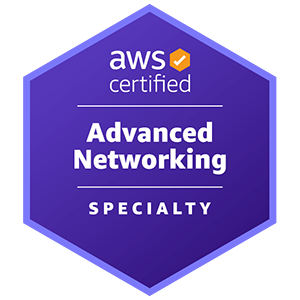



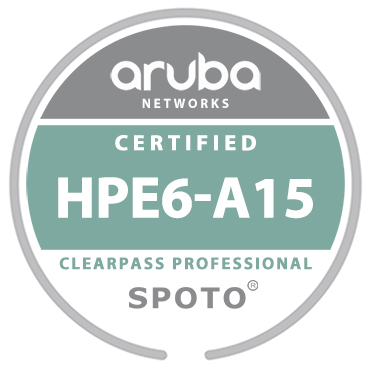
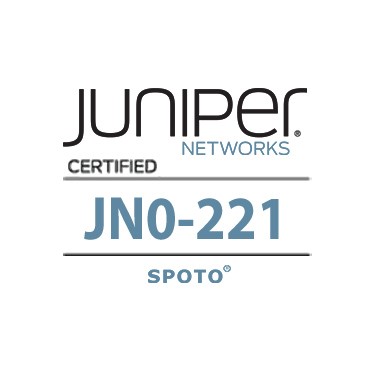

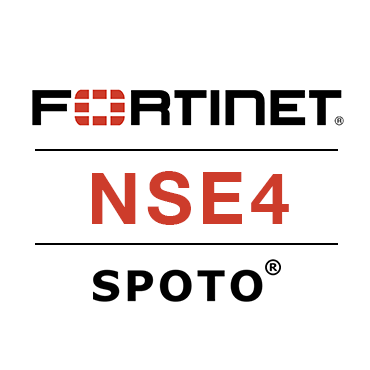
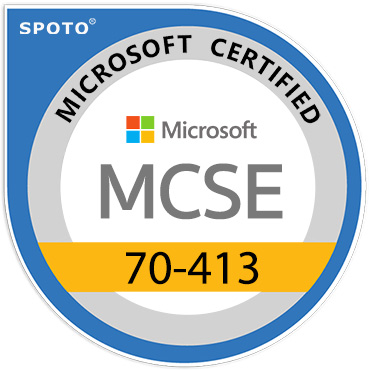

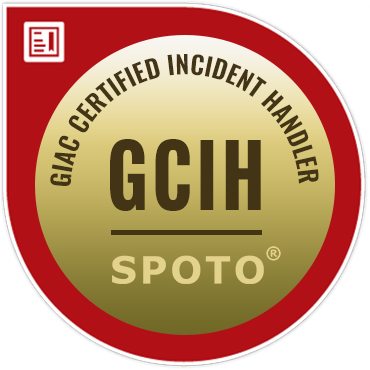

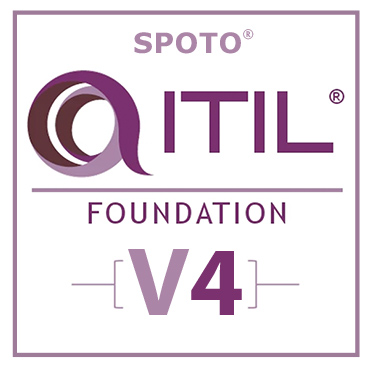
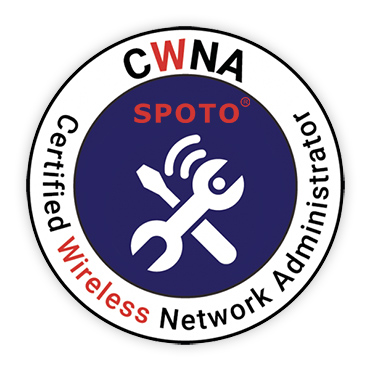



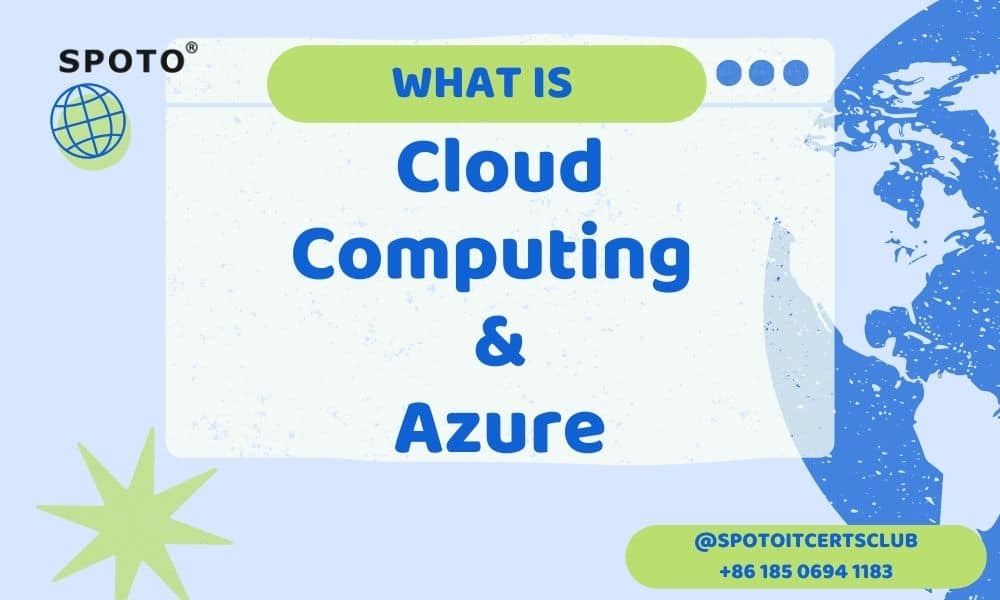


Comments